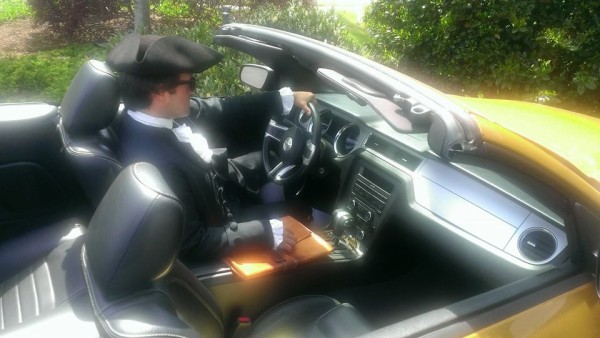
Americans love their cars like no other people. We consider what we drive to be extensions of our personality, or reflections of our values. With the Detroit Auto Show underway this week, I was wondering what the men and women of our Revolutionary generation would drive if they were around today. So naturally, I asked the folks who interpret them on the streets of Williamsburg.
Marquis de Lafayette
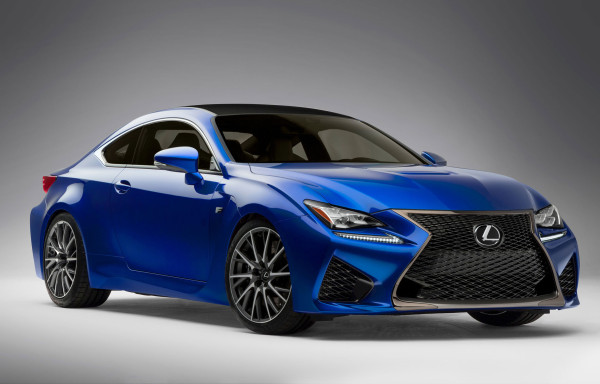
The Marquis de Lafayette’s vehicle “is blue, naturally, to match my regimental code.” So says Mark Schneider, who portrays the French nobleman who fought for the American cause
The blue car is a Lexus. Lafayette would want a classy, efficient car. “It’s practical but high-performance,” says Mark. “But most of all it’s American-made.”
Clementina Rind
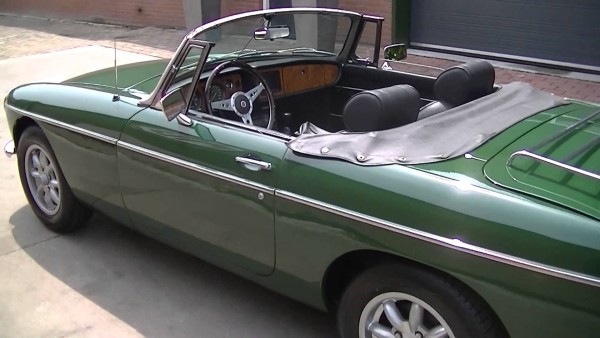
Clementina Rind, one of the printers of the Virginia Gazette, would drive a British racing green 1968 MGB, says Abigail Schumann, who has played her many times over the years. And she can envision the whole scenario.
It was her husband’s car that she inherited after his death in 1773. The roadster made her feel empowered. She couldn’t take all the kids with her, so this offered her some time for herself.
“She had a lot of pressure on her,” says Abigail. “She not only was raising a family, she was also the public printer for the largest colony in America at a time of great upheaval.”
“A woman needed to get away.”
George Wythe
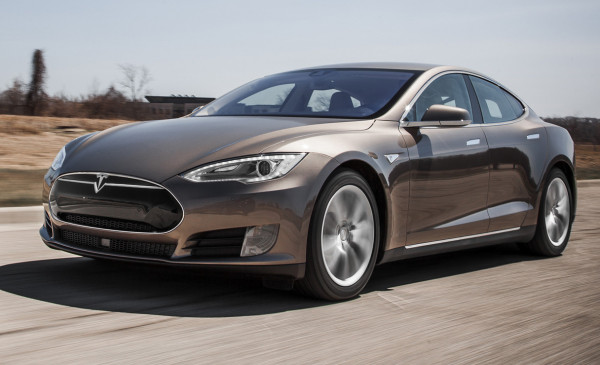
How about the vehicle of choice for George Wythe, a man of consequence even if he had never taught the law to Thomas Jefferson? Wythe was a classical scholar, a public official, and signer of the Declaration of Independence.
But Chris Hull, who interprets Wythe, thinks Wythe’s commitment to the Enlightenment and scientific progress would have been decisive in his selection. And so, it would have been the Tesla Model S: “innovative, cutting edge, and efficient.”
Thomas Jefferson
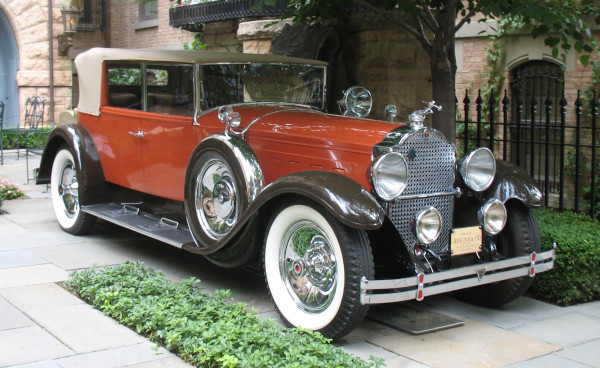
I figured Bill Barker, channeler of Thomas Jefferson, would pick something similar to the Tesla. Nope.
Bill points out how much Jefferson loved the classics and antiquity. He thinks a Packard, with its beauty and elegance, would fit the bill just fine.
“Everything about the Packard was so succinct and beautifully done,” he says. It goes with Jefferson’s regard for design and appreciation of architecture.
But he’d tinker with it, just like he tinkered with Paris’s Hotel de Salm in designing Monticello.
Jefferson would also appreciate it as a car that originated in Warren, Ohio, within the Northwest Territory, as an expression of the ingenuity of the west.
Gowan Pamphlet
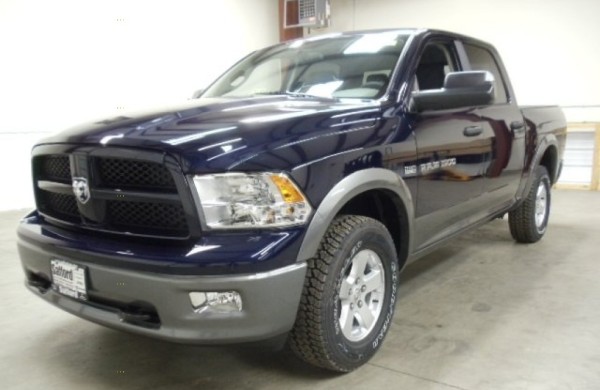
James Ingram portrays Gowan Pamphlet, the Baptist preacher who gained his freedom from enslavement and started the First Baptist Church in Williamsburg, which endures today. James sees Gowan in the driver’s seat of a midnight blue Dodge Ram pickup.
“He’s feisty and bodacious; he’s out there,” says James. He thinks that Gowan’s social nature makes the truck a natural fit. He could carry people around and recruit for his congregation. The truck bed would also make for a quick pulpit.
Martha Washington
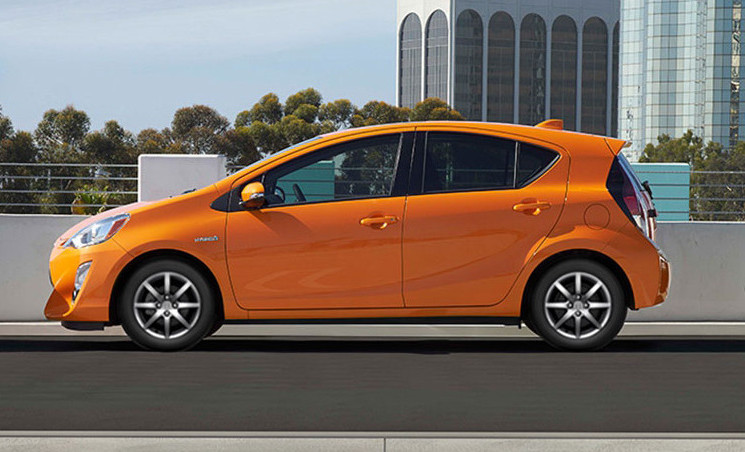
During Martha’s first marriage to Daniel Parke Custis, she might have been inclined to something sportier, says Lee Ann Rose. But if we’re talking about her choice during the War for Independence, when she was setting an example as the wife of General Washington?
Definitely a Prius.
“I would be driving something economical to show that I am a portrait of loyalty and frugality to support the cause.” It’s the kind of car that is environmentally friendly, but it certainly makes a statement.
James Innes
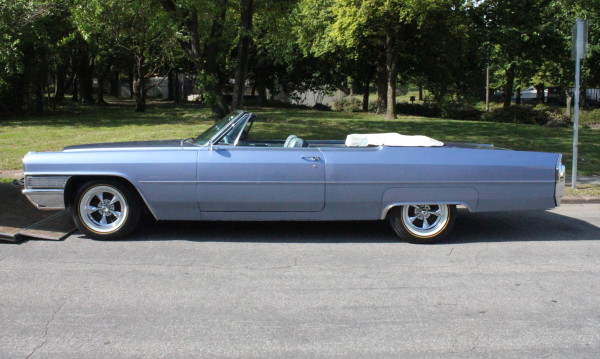
Nat Lasley interprets Col. James Innes, a William & Mary grad who recruited fellow Patriots into the Continental Army and fought at major battles like Trenton and Brandywine before serving as Virginia’s attorney general.
Nat figures the “in your face” Innes would command a bright blue 1965 Cadillac. A classic car with a huge engine. Blue because it would represent the cause of America.
“He likes power and manly things,” says Nat. “He wants to show off.” And he would personalize it by having an eagle ornament rising from the car’s hood.
Edith Cumbo
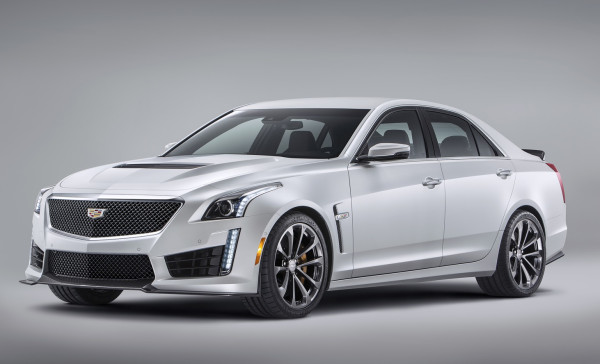
Emily James says Edith Cumbo would also drive a Cadillac. “She was an African free black,” says Emily, “and she is one cocky woman.”
Reflecting that Cadillacs are a popular car among African Americans, Emily says it would show how much she values her status in her community. At the same time it’s assertive, and a signal to outsiders that she considers herself an advocate for them.
The car is another way Cumbo, who owned land and won against a white man in court, can speak for those who have no voice.
Weigh in with your own opinions about what drove the founding generation!

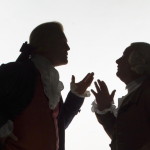

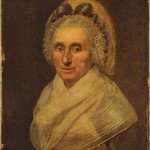
NBA says
Thank you so much! This a superb website!.
Yes, Henry Ford was I’m certaina bit put off by the Reverend for his comment about his cars destroying Williamsburg. That may be as Mr . Beute mentioned earlier why he declined to assist the Reverend.
I bet if you asked Patrick Henry, he’d say a Harley! I’d love to see a photo of Rich and Abigail Schumann sitting on their Harley in 18th century attire. I’d pay money for a copy. I read somewhere that they have/had a Harley. I remember years ago seeing an interpreter in their working brocade suit getting into his Buick and driving off. The general public that live and work near CW are probably used to seeing CW employees dressed for work. But first time out-of-town folks seeing this for the first time have some of the funniest looks. We’ve been to CW many times so we’re accustom to the site. We saw someone from one of the trades come into Five Guys and the folks that had not been to CW yet were……”what is that about.”
Josef says
The Marquis de Lafayette seems to be mistaken. Lexus is actually Japanese made, not American.
I’m sure the Marquis was thinking of the ES 350 model which is now being produced in Georgetown, Kentucky, undoubtedly favored because it is a town named after Lafayette’s close friend, George Washington.
Harry says
This is clickbait about the Revolutionary War in 2016 and it doesn’t reference Alexander Hamilton so it is invalid.
Perhaps it is because Mr. Hamilton was too busy hippity-hopping in New York City, as usual. Maybe we’ll ask Gen. Washington and Mr. Jefferson what they think Hamilton drives, and see if there is consensus or just more of that dangerous party spirit!
We all know Washington drives a challenger - https://www.youtube.com/watch?v=BqpJvey-7-s - here’s the video to prove it.
I fear you have been taken in by an impostor. This is George Washington. I don’t blame the car company. Who wouldn’t want to be associated with the Father of Our Country. Indeed, that might be an interesting way to turn the question around: if you were Ford, or Toyota, or Saturn, what historic personage would you want to represent your brand?
I do believe that George Washington would have driven the all American Ford F-150 to survey his estate and visit Williamsburg.
By the way Mr. Sullivan this is an interesting topic. I look forward to more of your articles.
Thank you!
I find it interesting that no one chose a Ford product. And this car company out of all American car companies is as American as you can get. Even so far as the only American car company that didn’t receive government assistance to stay in business just five or six years ago. And the car company that the federal and state governments buy more than any other.
I guess that proves that our founding fathers were just politicians after all and fiscal responsibility has never been part of the equation in our government system from the very beginning.
Maybe it’s because Henry Ford declined (or was it did not respond?) to Rev. Goodwin’s efforts to have him finance the restoration. Just kidding.
Good one,, but then the Rev. Goodwin kind of did himself in on that one when he told Ford that his cars were destroying the small town charm of Williamsburg.
Amen to that. Not the best way to bring a contributor on board!
Of course, before Rev. Goodwin convinced Rockefeller to fund Williamsburg’s restoration, both Henry and William Ford turned him down. Instead, Greenfield Village was built in Dearborn, Michigan.
Thank you. And that is the truth.
That’s because they didn’t ask Washington!
What is Mr. Madison driving? He got short-changed in the blog. That’s what he gets for being such a quiet guy. 😉
It’s a Mustang, but unfortunately Mr. Madison sped away too fast for a proper explanation. Perhaps we can do a sequel!